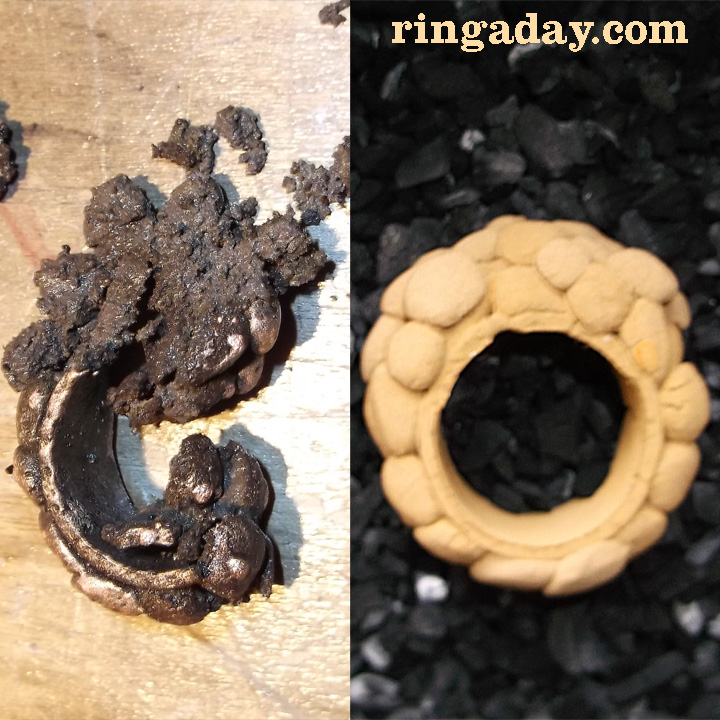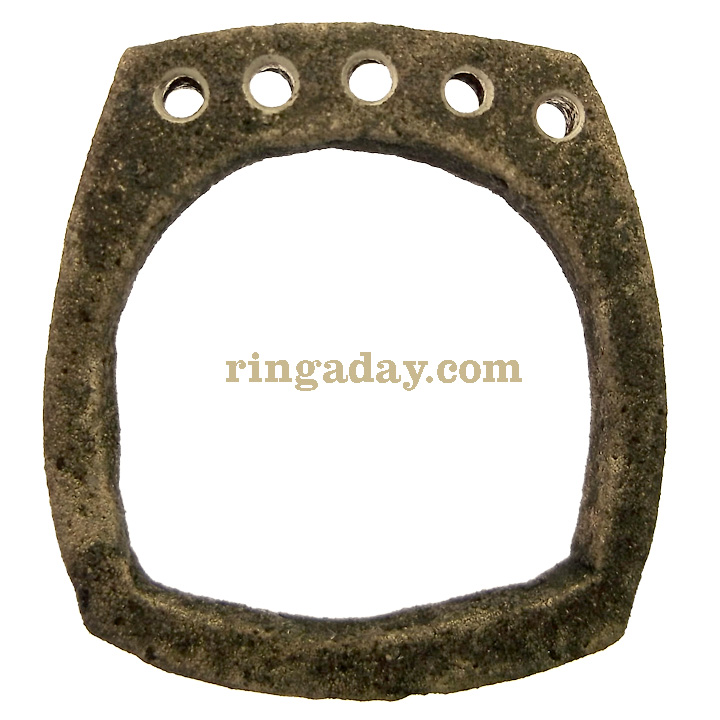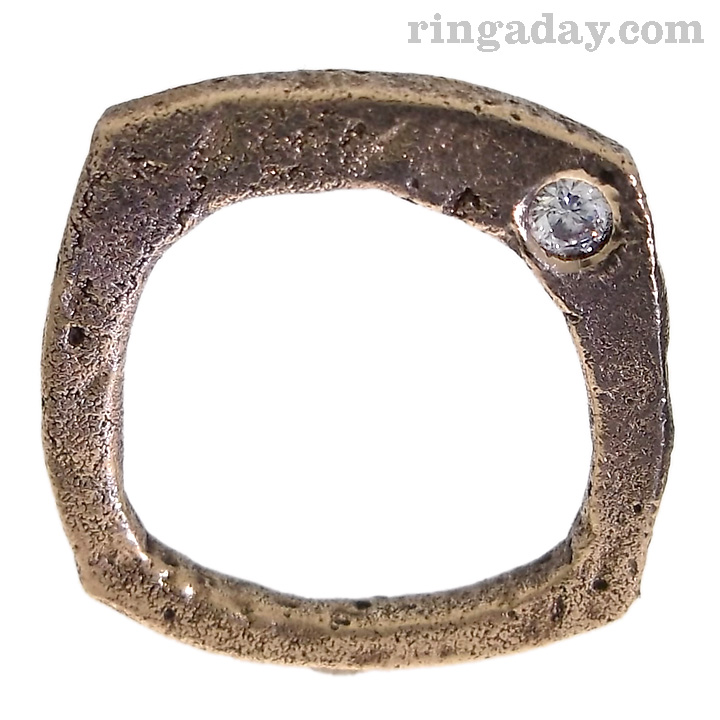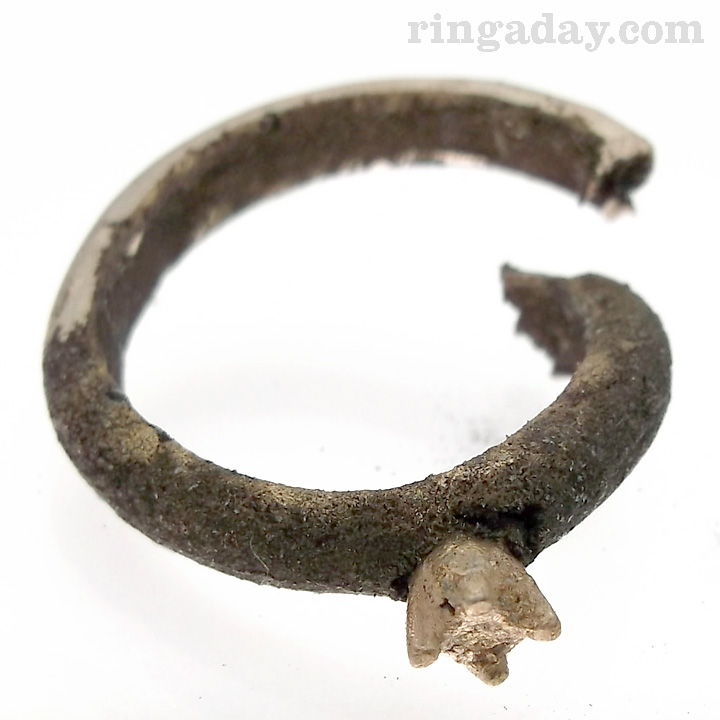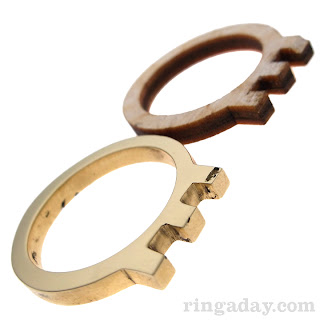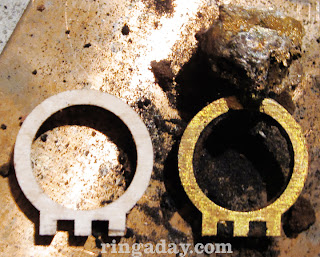I’ve collected old brass keys for over 20 years in anticipation of melting them down and casting them one day. Today, I have that power thanks to
NYC Resistor and
Metalliferous!
I got a PID for our kiln and struggled with the translated instructions. Installing and programming the PID would not have been an easy task without help from many knowledgeable members at NYC Resistor.
The key brass, which is most likely yellow brass (copper 67%, tin 1%, lead 3%, & zinc 35%) is liquid around 1850°F, but pours better, I later found out, around 2050°F. I poured it a little bit cold as you can see inside the shank with the errors.
I didn’t know anything about brass alloys when I started to collect keys. I just wanted to cast something shiny and yellow. There are many copper based alloys to choose from. Each has its own characteristics for pouring, weathering, machining, and applications. Copper is used in jewelry to balance out gold and silver. Rose gold has a high percentage of copper. Sterling is .925 silver and .075 copper for hardness.
It turns out that red brass pours much easier, but it has a higher lead content — which helps it flow better, but is less good for the caster. I’m going to switch to silicon bronze for the rest of the casting exploration phase on recommendation from Steve Chastain in his great two volume series
Metal Casting: A Sand Casting Manual For The Small Foundry.
You can pick up your own
sand casting kit from Metalliferous and give this a try. You’ll need a kiln or hot torch (i.e. hotter than propane or butane) to melt the metal. I know this because I never got the included casting grain hot with my propane torch.
The wood patern was left over from my laser cut wood rings. When I got the PID working predictably, I looked around for something to cast and this was right there. I may refine it for working with the sand in the future, but there are so many possibilities to explore in pattern making with the laser that refinements are not necessary at the moment.
205/365
